There are still more than 200 million IPv4 addresses unassigned!

Hello everyone, I'm Xiao Fu. In 2019, it was reported that IPv4 addresses were used up, thinking that IPv6 would completely replace IPv4. As a result, in the past two years, IPv4 is still the mainstream, and IPv6 is also on the line, but it is more like a decoration and is actually useless. Now, let's start from the beginning and find out!
What is an IP address?
192.168.1.123, 10.10.10.10, 121.14.77.221, etc. These are all IP addresses. If you look closely, you will find that the IP address is composed of 4 numbers and a "." in the middle. In fact, each number is composed of eight binary digits and converted into decimal representation, and the value range is 0 ~ 255.

In other words, an IP address is composed of 32-bit binary numbers. For the convenience of writing, each group of eight bits is separated by ".", and each group of data is converted into decimal representation.
What is an IP address for?
IP addresses are divided into public network addresses and private network addresses. The public IP address can be used to surf the Internet and access Internet resources, such as WeChat chat, Douyin video, etc. Private IP address, used in the local area network, you can use the mobile phone to connect to the TV screen at home, printer to print and so on.
The public network address is assigned by the Internet NIC. A private network address is a reserved IP address. Free use within the local area network.
How many IP addresses are there in total?
Calculating the 32-bit binary number of an IP address yields about 4.3 billion IP addresses. The address range is 0.0.0.0 ~ 255.255.255.255.

Has the IP address been allocated?
At a first glance, there are 7.8 billion people in the world, about 4.3 billion IPv4 addresses, and less than one IP address per capita. Obviously, the address is not enough, but what is the actual situation?
The global IP addresses are managed and assigned by IANA, but all IP addresses are managed only by IANA, which is definitely impossible to manage. IANA does not directly assign addresses to users, but only assigns addresses to RIRs. RIRs assign addresses to LIRs or NIRs, LIRs or NIRs assign addresses to ISPs, and finally ISPs directly assign addresses to users.
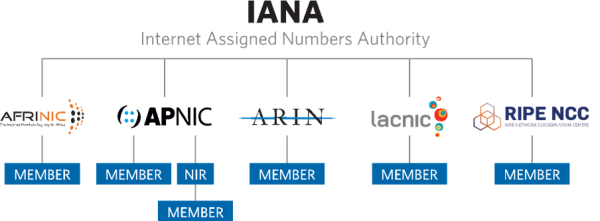
Let's first look at the usage of IANA addresses. According to the official website, as of February 4, 2022, there are 16 /8 network segments marked for future use, one /8 network segment has 16.77 million addresses, 16 /8 network segments are 268 million addresses, IPv4 Are you really running out of addresses?

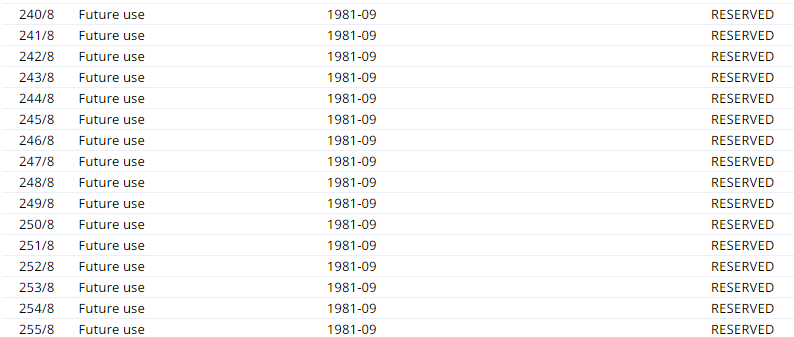
Next, look at RIRs. IANA assigns IP addresses to RIRs. There are five RIRs in the world, namely AFRINIC, APNIC, ARIN, LACNIC and RIPE NCC.

Among them, ARIN and RIPE NCC have allocated available IP addresses in 2015 and 2019 respectively, and APNIC, LACNIC and AFRINIC can also apply for IP addresses. APNIC's official website shows that there are still a small number of addresses left, as well as records of China's application for IP addresses this year. The case has been solved. Although the number of unallocated IP addresses is not large, it has not been allocated yet, and IP addresses can still be applied for at present.
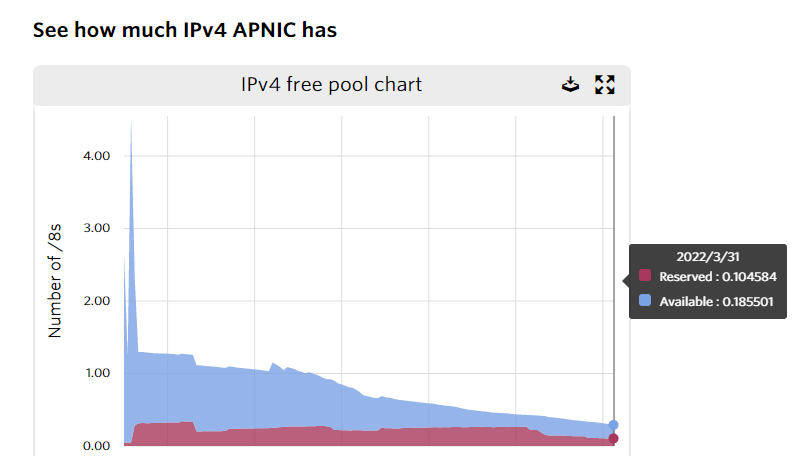
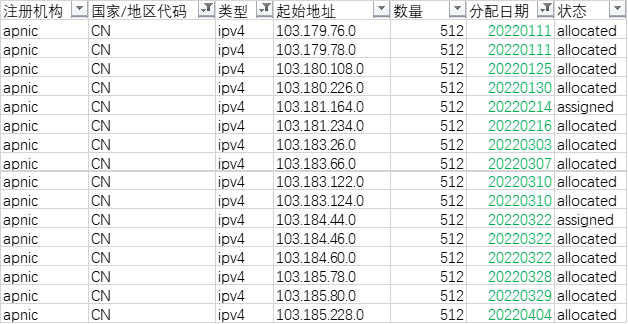
Moreover, we also have IPv6, which consists of 128-bit binary numbers, and the number of addresses is so large that it claims to be able to assign an address to every grain of sand on the earth.


How many IPv4 addresses are there in China?
Our country belongs to APNIC in Asia Pacific. The APNIC official website has a document that records the IP address information assigned and is updated daily.
http://ftp.apnic.net/apnic/stats/apnic/delegated-apnic-latest

The format of the document is: Registration Authority, Country Code, Type, Start Address, Quantity, Date of Assignment, Status. So copy the document to an Excel table, sort and filter it.
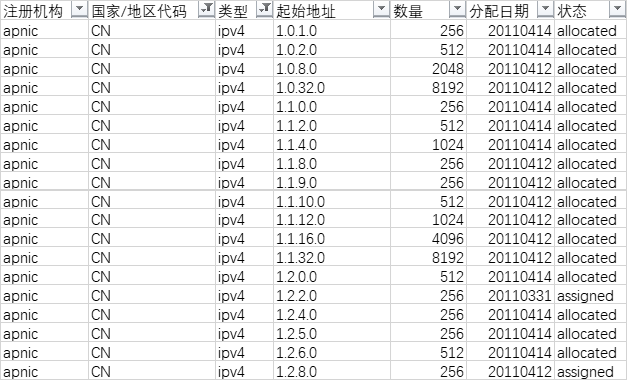
China's abbreviation is CN, the selected type is IPv4, 8631 network segments are screened out, and the number of IPv4 addresses is 344,110,080, accounting for about 8% of the entire IPv4 address space.


According to the same method, calculate the number of IP addresses from Hong Kong, Macao and Taiwan:
- Hong Kong ( HK ): 2589 network segments with a total of 12573440 addresses
- Macau (MO): 36 network segments with a total of 336,640 addresses
- Taiwan (TW): 872 network segments with a total of 35694848 addresses
A total of 392,705,008 addresses, or about 9% of the global total.
So, how did China apply for an IP address from APNIC? The answer is CNNIC, which belongs to NIR under APNIC. CNNIC applies for IP addresses from APNIC and further allocates them to domestic organizations.
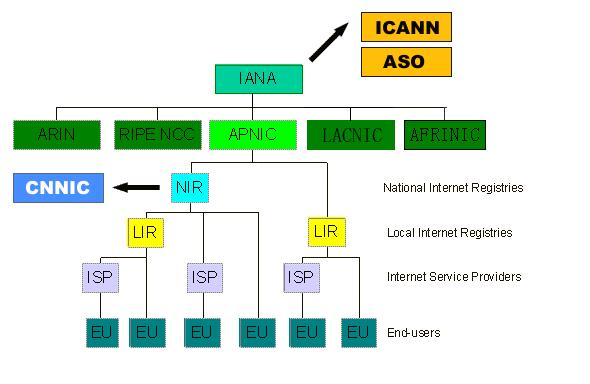
In February this year, CNNIC released the 49th "Statistical Report on the Development of China's Internet", which contains statistics on the number of IPv4 addresses, about 392.49 million.
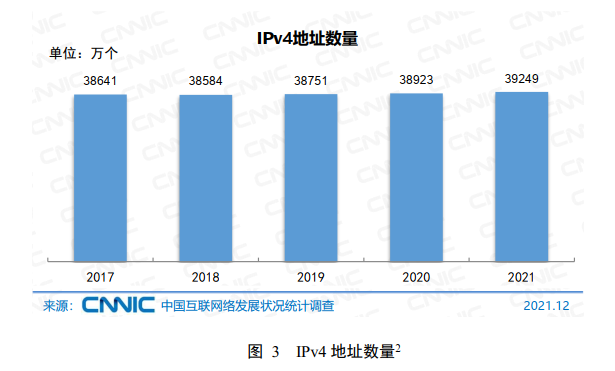

The number of IP addresses counted by APNIC and CNNIC is roughly the same, about 392 million addresses. A small amount of deviation may be caused by statistical time and statistical dimensions, which is not a big problem.
How are IPv4 addresses assigned in China?
Knowing how many IP addresses there are in China, you will be curious about where these addresses are used? Find a piece of data in Taobao's IP address database:
https://ip.taobao.com/accurancy
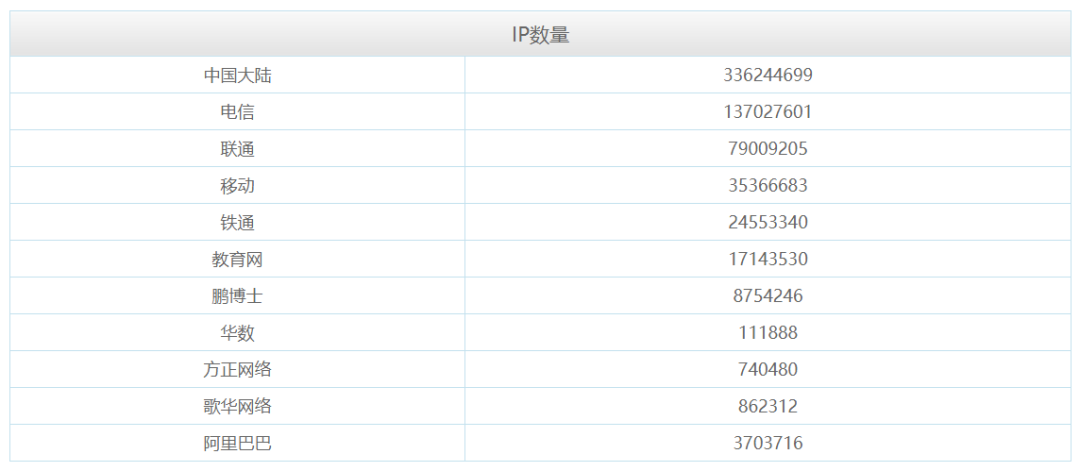
Judging from the number of IPs, this is not the latest statistical data, but it can be seen that the general situation is that the three major operators occupy 74% of the addresses, and if Tietong is added, it reaches 82%. This shows that my country's IP addresses are mainly assigned to operators.
What are the reserved addresses?
In addition to the public network addresses that need to be applied for, there are many reserved addresses, some of which can be used freely. The IANA official website has the most complete reserved address types.
https://www.iana.org/assignments/iana-ipv4-special-registry/iana-ipv4-special-registry.xhtml
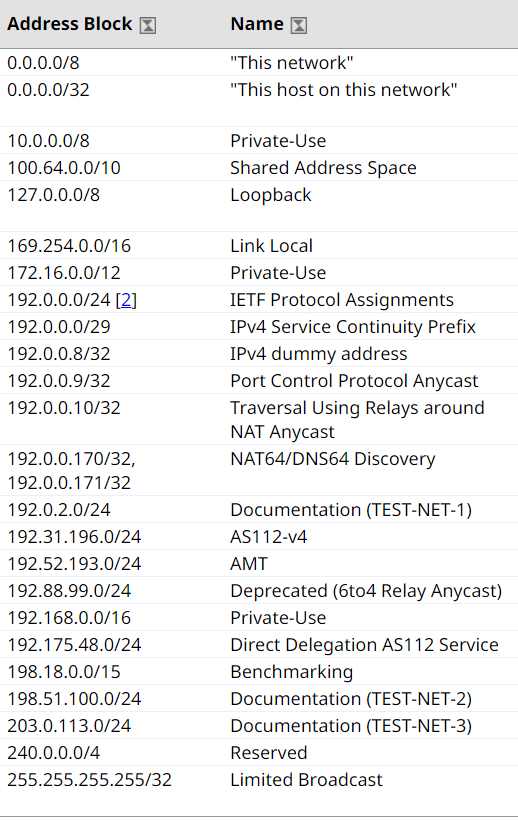
Together with the multicast address, it is all reserved addresses.
https://www.iana.org/assignments/multicast-addresses/multicast-addresses.xhtml#multicast-addresses-13
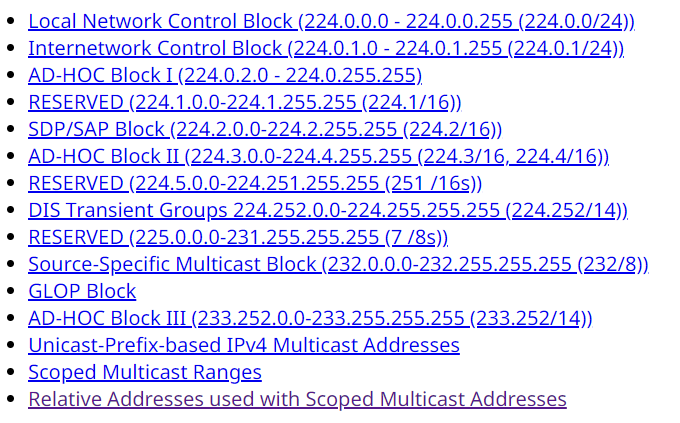
Descriptions of common reserved addresses are as follows:
- 0.0.0.0/32: used to broadcast information to the current host
- 10.0.0.0/8: used for local communication in private network, can be used freely in LAN
- 100.64.0.0/10: Used by service providers to communicate with their users in carrier-grade NAT environments
- 127.0.0.0/8: The loopback address used to reach the local host, not just the loopback address 127.0.0.1
- 169.254.0.0/16: Link-local address between two hosts for a single link without specifying an IP address otherwise
- 172.16.0.0/12: used for local communication in private network, can be used freely in LAN
- 192.168.0.0/16: used for local communication in private network, can be used freely in LAN
- 255.255.255.255/32: limited broadcast address
Why hasn't IPv6 replaced IPv4 yet?
In a nutshell, there are several reasons:
NAT technology can convert private network addresses into public network addresses, allowing a large number of private network devices to use a small number of public network addresses to access the Internet, alleviating the problem of insufficient IPv4 addresses.
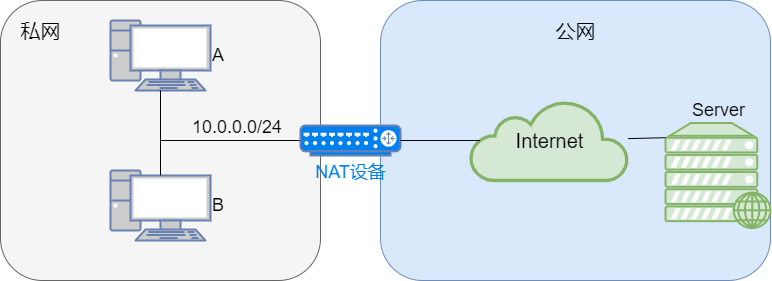
IPv4 and IPv6 are incompatible with each other, and the protocol transition can only be achieved through dual protocol stacks, tunneling technology or NAT64. The three conversion technologies have their own advantages and disadvantages, which limit the promotion of IPv6.
IPv4 address recycling and redistribution can reduce the speed of IPv4 address consumption. There are also early reckless application and use of IPv4 addresses, loopback addresses, multicast addresses and other reserved addresses occupy too much address space.
Upgrading from IPv4 to IPv6 involves huge network transformation costs. ISPs have no motivation to promote IPv6 when they have not found a profit model and are unprofitable.
IPv4 addresses are scarce and expensive, IPv6 addresses are unprofitable, and ISPs don’t want to be in business at a loss.

However, we must also understand that the problem of insufficient IPv4 addresses can only be fundamentally solved by using IPv6. After all, IPv4 addresses are limited, and there will be a huge demand for future addresses.